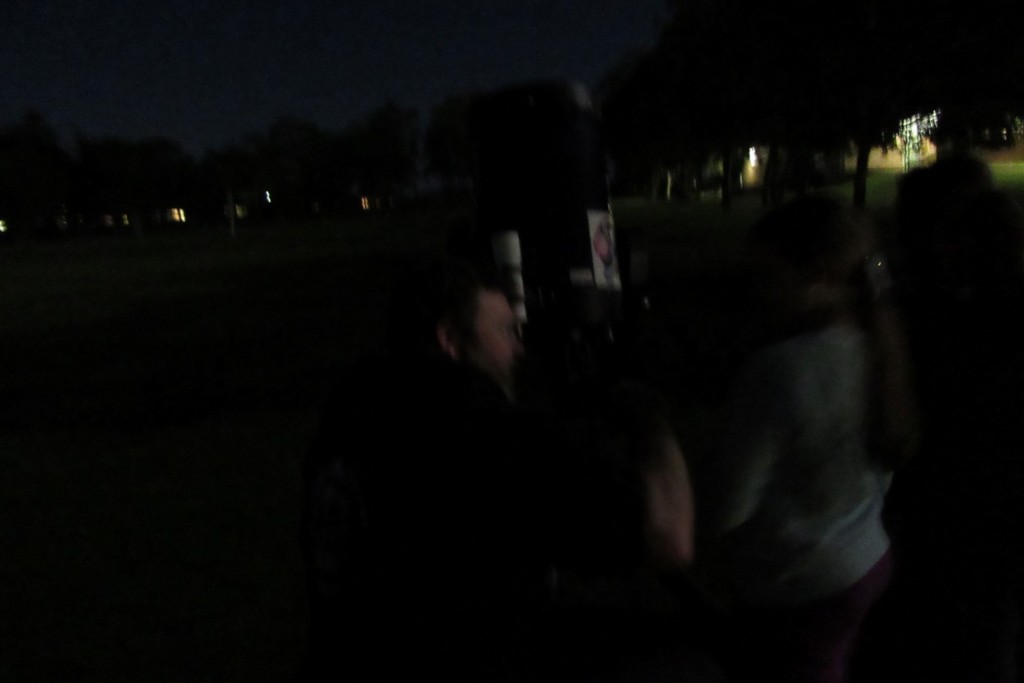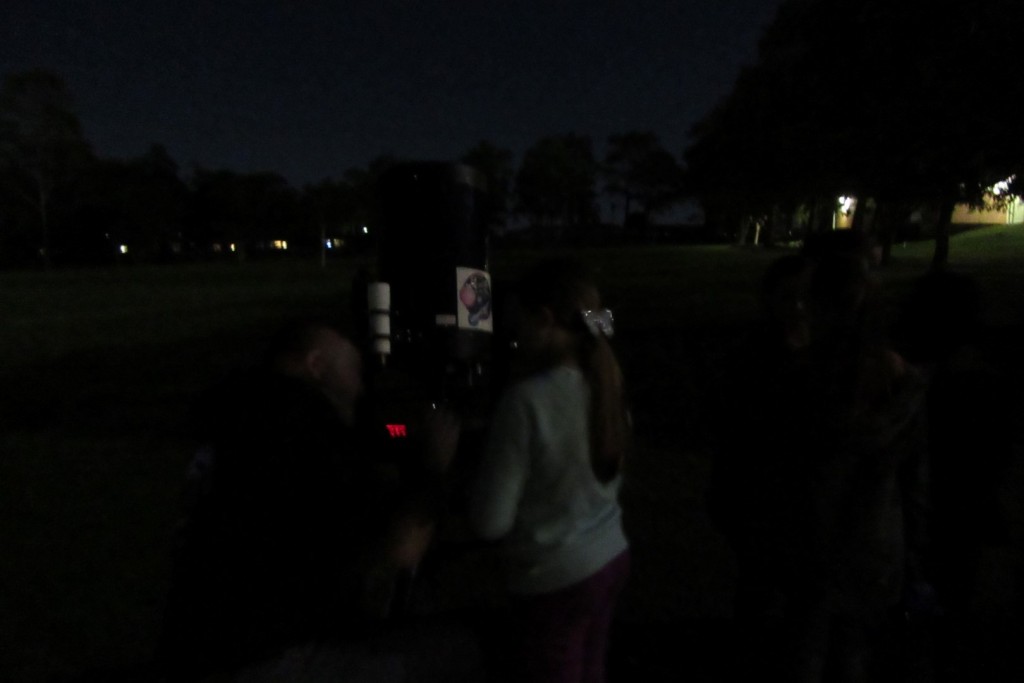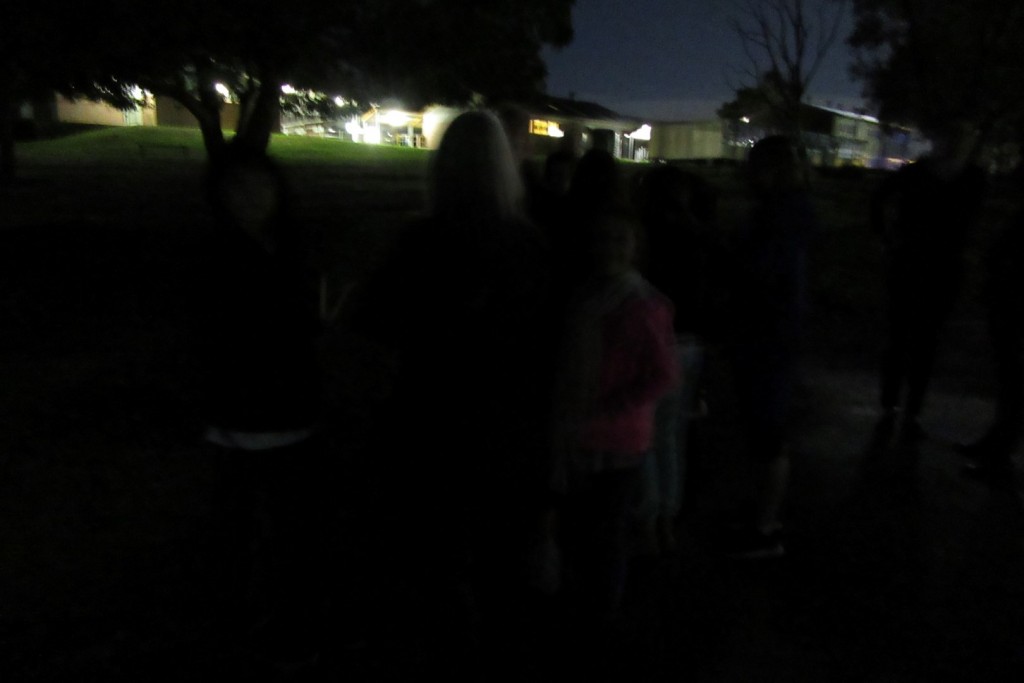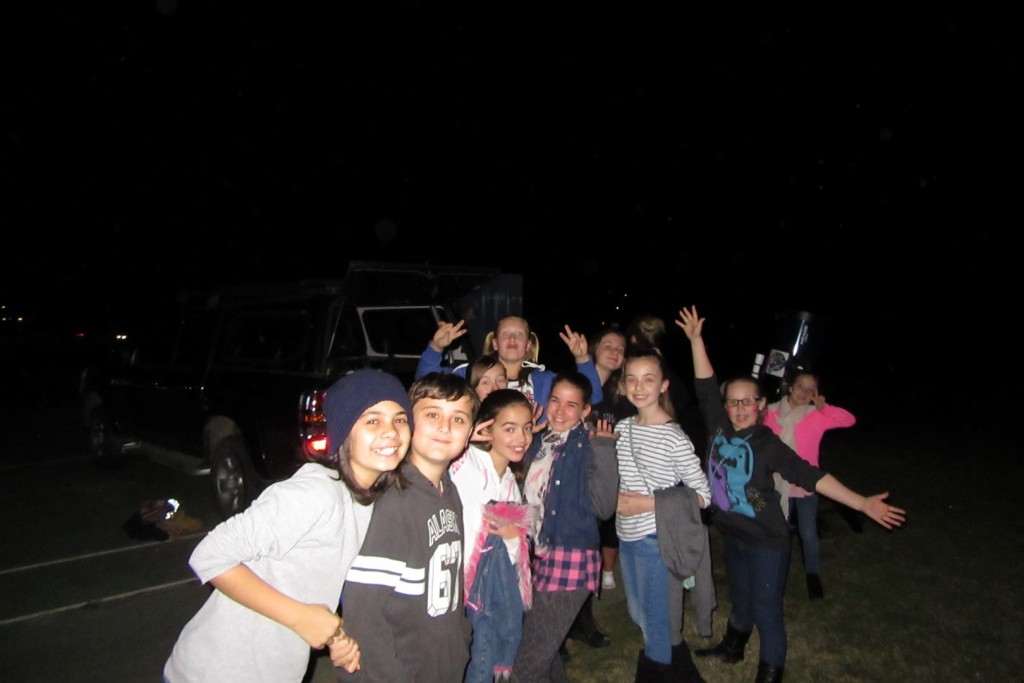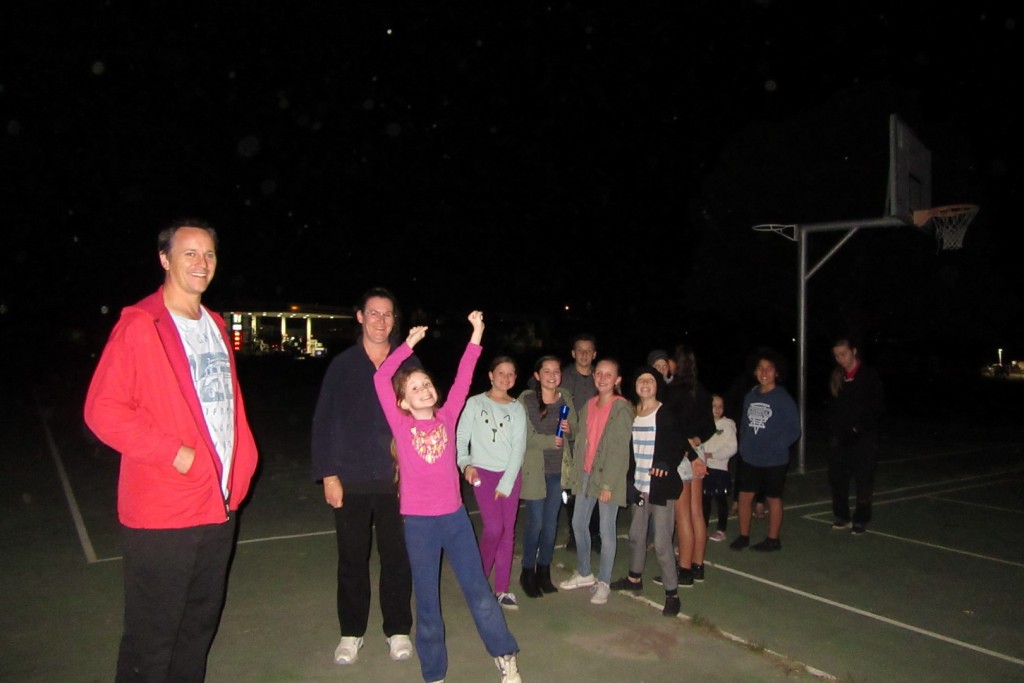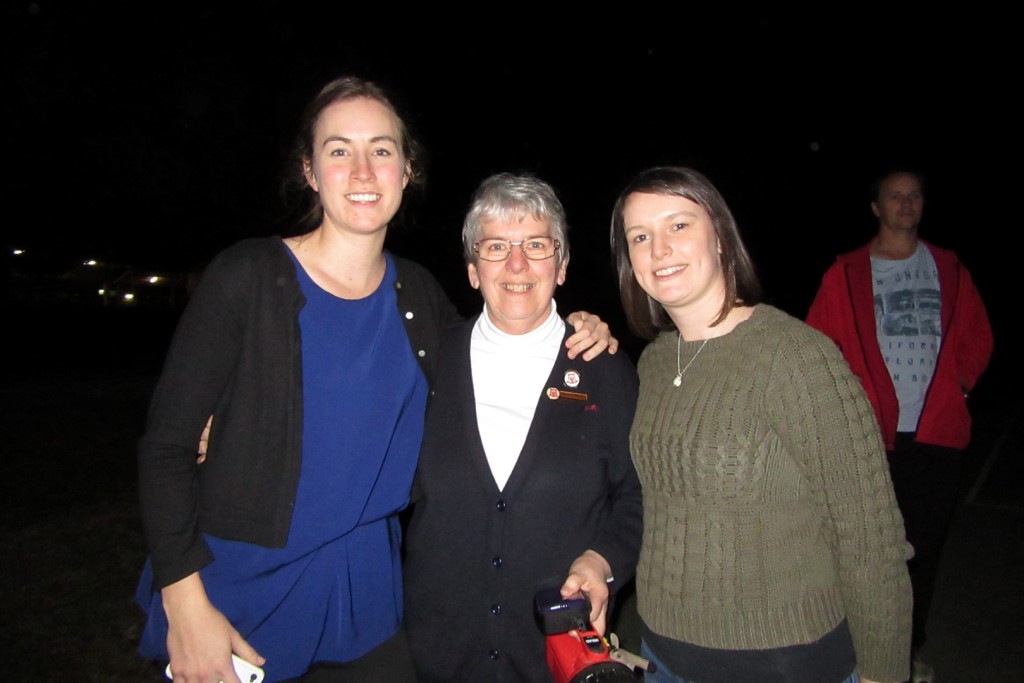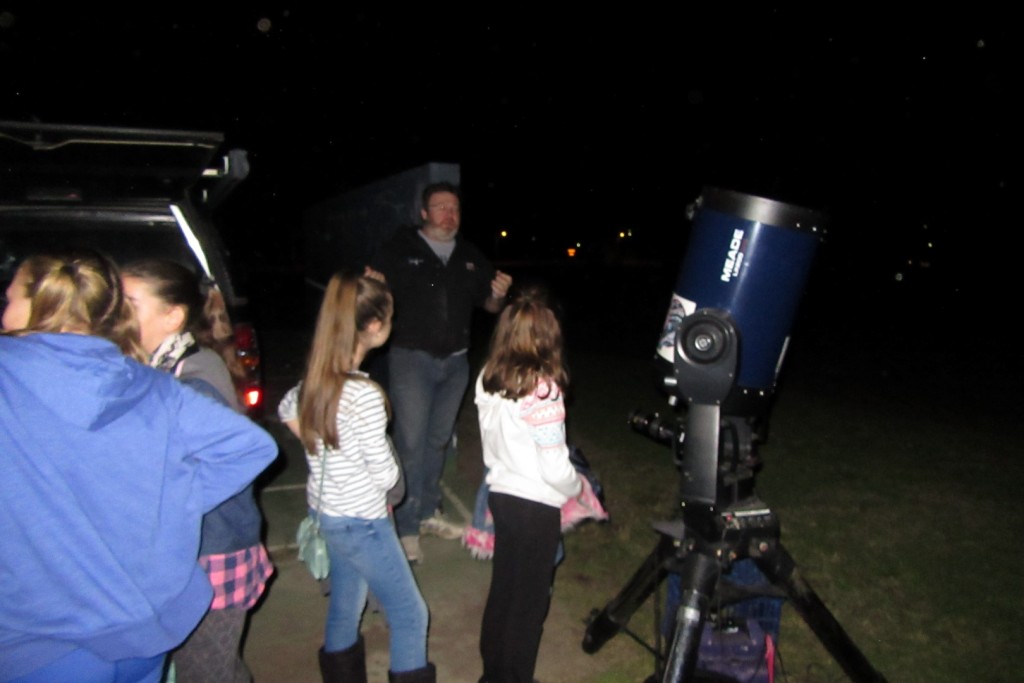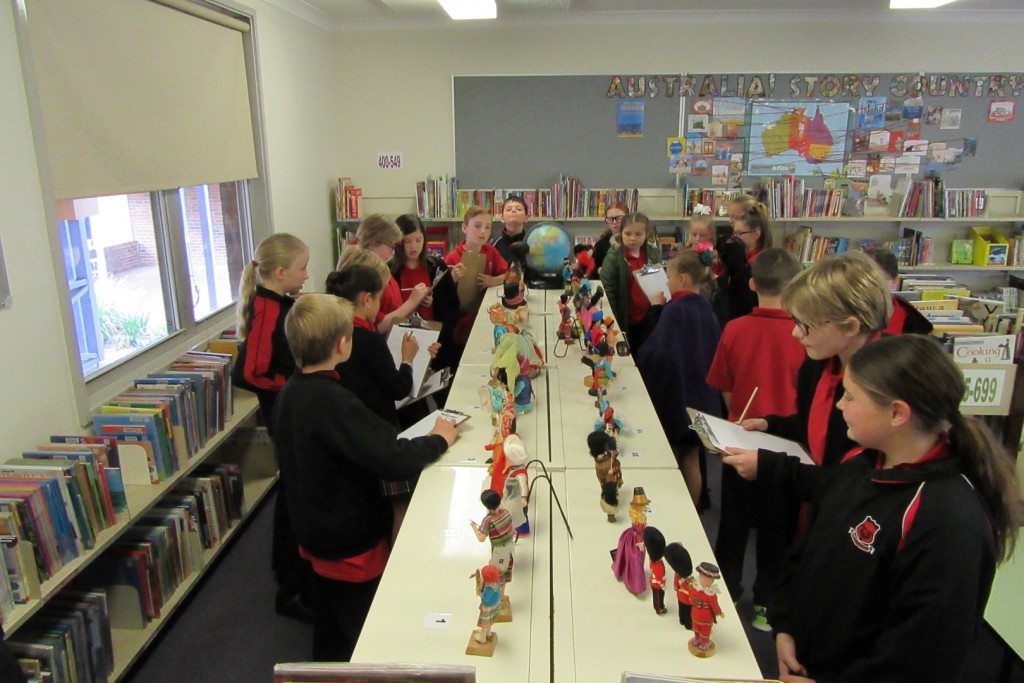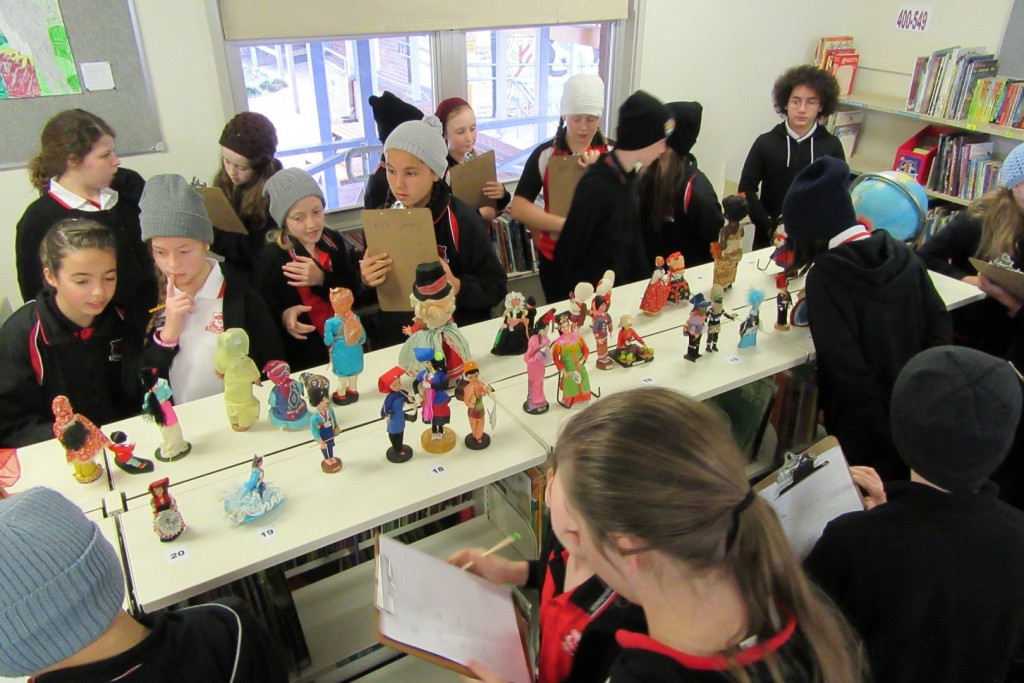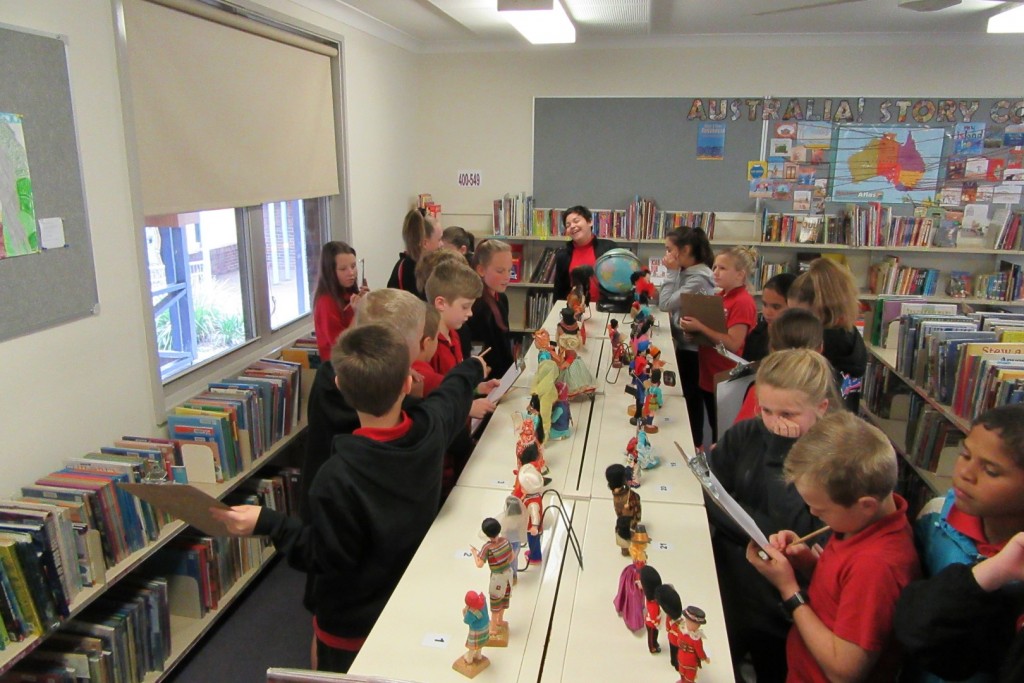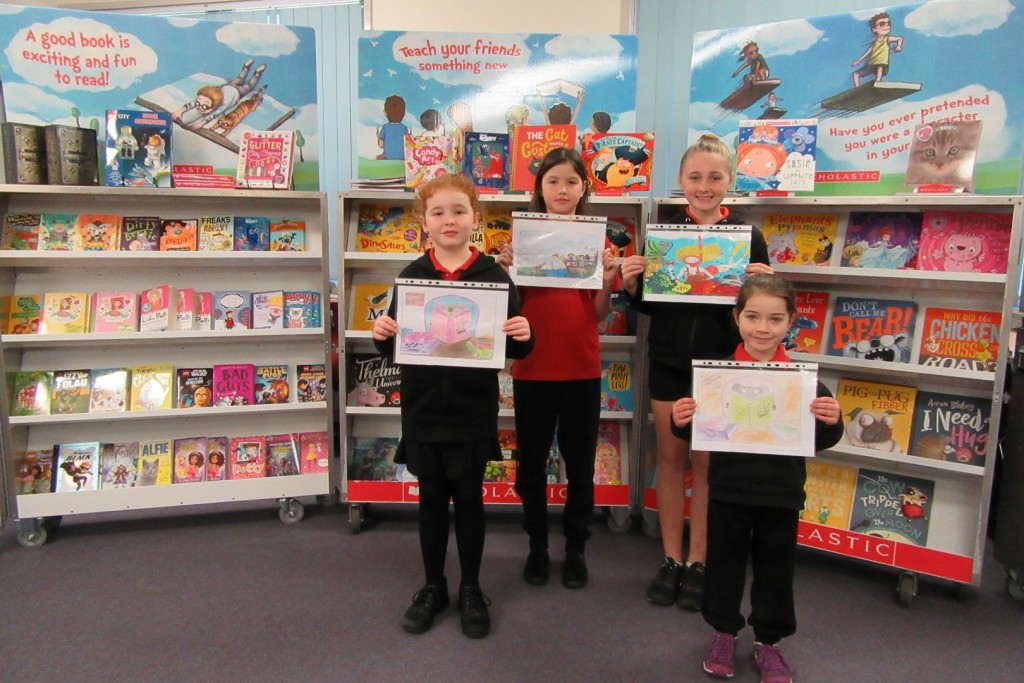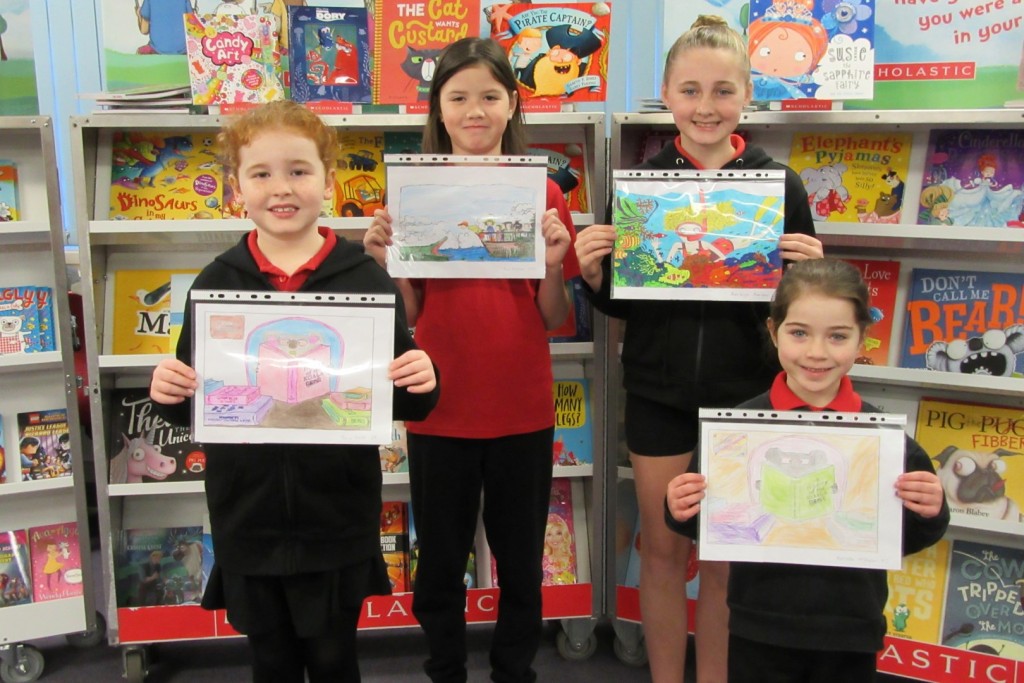It is with mixed feelings that I say goodbye after the last six years using this blog as I now reach the end of a 44 year career in teaching. The blog has been an excellent educational tool and I would like to thank Melissa Scully, Melanie McLean, Catherine Leane and Victoria Hennen for guiding and encouraging me as I began the blogging journey back in 2010.
The blog has made it very simple for both me and my students to have teaching resources at our fingertips and has given us access to these at any time during the school day or at home. Watching the Cluster Map widget has given us all a thrill to know that others in Australia and all around the world know a little more about what is going on in the library at Edgeworth Public School. We hope that we have encouraged or even inspired these bloggers to investigate and learn from the sites and experiences we have had.
My last official day as a NSW Department Of Education employee is Monday, January 30, exactly 44 years and 1 day since I began teaching a lovely Year 3 class at Campbelltown East Public School. I wonder what these 52-year-olds are up to these days?
The blog will still be out there until June, when my subscription runs out, but this is goodbye from me, Elizabeth Mitchell (nee Willis).

